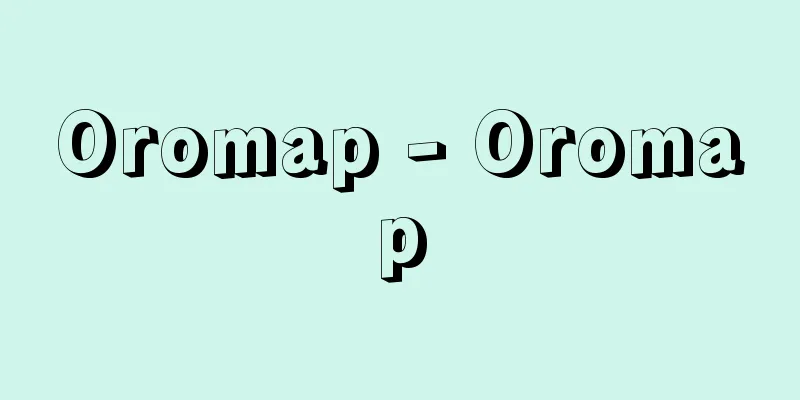Interwoven - Kousho

|
It is an abbreviation for weaving using one or more types of threads made from different fibers as warp or weft threads, or a fabric woven using such interlacing. Interlacing can be done when a substitute fiber of the same quality appears to replace the main component thread, and either the warp or weft thread is used for economic reasons. In the other case, the shortcomings of each fiber are covered by interlacing, or the performance of the fiber is further improved by interlacing. The quality of the fabric changes depending on the interlacing rate, which is determined by the weight ratio of the threads or the ratio of the number of threads, and weaving with a striped pattern of different types of threads in the warp and weft threads can have a certain effect. In the past, interlacing between natural fibers such as cotton and silk, cotton and wool, silk and hemp, hemp and wool, and silk and wool was common, but with the advent of synthetic fibers, interlacing between natural fibers and synthetic fibers is common, and interlacing between synthetic fibers is also seen. In Japan, some cotton fabrics include "itoiri" (thread-inserted) futako (thread-inserted twins) and menyuuki (thread-inserted cotton knots), in which silk threads are woven in stripes, and silk-cotton mixed weaves were the norm, but with the development of rayon and staple fiber, they entered the silk field as a substitute fiber, and were further promoted by the invention of synthetic fibers. The main mixed weaves include the following. For silk, there is rayon weft habutae, in which untwisted rayon or nylon is woven into the weft of habutae, and nylon mixed habutae, and mixed weave shubushi (satin satin) has cotton, staple fiber, and rayon thread woven into the weft. Rayon is also used as a substitute for silk fabrics, and there are mixed weaves such as rayon taffeta, rayon de chine, and rayon omeshi. In woolen fabrics, cotton threads are usually used for the warp and wool threads for the weft when interweaving. For example, alpaca linings use cotton threads for the warp and alpaca or worsted threads for the weft. There is also silk wool, which uses silk threads for the warp and worsted threads for the weft, giving it a silk feel and appearance, and is often used for kimono fabrics. [Kadoyama Yukihiro] Source: Shogakukan Encyclopedia Nipponica About Encyclopedia Nipponica Information | Legend |
|
異なる繊維からつくった一種、あるいはそれ以上の糸を、経糸(たていと)あるいは緯糸(よこいと)として用いて製織すること、またはその交織した織物の略称。交織は、主なる構成糸に対して、品質などが同じでかわるべき代用繊維が現れたとき、経済的理由から、経あるいは緯糸のいずれかを用いる場合と、もう一つは、それぞれの繊維がもつ欠点を交織によりカバーするか、あるいは繊維の性能を交織することにより、さらに伸ばす場合とがある。交織の方法は、糸の重量比、または本数の割合による交織率の違いにより織物の品質が変化するし、また経緯糸の中に部分的に異種の糸を縞(しま)のように配合して織ったものは、一つの効果をもたらすことになる。古くは、綿と絹、綿と毛、絹と麻、麻と毛、絹と毛など、天然繊維相互間の交織が盛んであったが、化合繊の出現により、天然繊維と化合繊の交織が行われ、また化合繊相互間の交織もみられる。 日本では、綿織物の一部に、「糸入(いといり)」として縞のように絹糸を織り込む糸入双子(ふたこ)、糸入綿結城(めんゆうき)などがあり、絹綿交織が主であったが、人絹・スフの発達とともに代用繊維として絹の分野へ進出をみ、さらに合繊の発明により促進された。そのおもな交織織物には次のようなものがあげられる。絹では、羽二重(はぶたえ)の緯糸に無撚(むよ)りの人絹やナイロンを打ち込んだ人絹緯羽二重、ナイロン交織羽二重があり、交織朱子(しゅす)には、緯糸に綿・スフ・人絹糸を織り込んだものがある。また人絹は絹織物の代用として使われ、人絹タフタ、人絹デシン、人絹お召などの交織織物がある。また毛織物では、交織するときには経に綿糸、緯に毛糸を用いるのが普通で、たとえば裏地用のアルパカは、経に綿糸、緯にアルパカ糸または梳毛糸(そもうし)を使っている。また、経に絹糸、緯に梳毛糸を使い、感触・外観ともに絹の感じを加えた毛織物にシルクウールがあり、着尺地によく使われている。 [角山幸洋] 出典 小学館 日本大百科全書(ニッポニカ)日本大百科全書(ニッポニカ)について 情報 | 凡例 |
Recommend
Stylochus frontalis (English spelling)
… [Minoru Imajima]. … *Some of the terminology th...
Gots, MR (English spelling) GotsMR
...Among them, the Socialist Revolutionary Allian...
Irohazaka - Irohazaka
This road has many curves and connects Umagaeshi ...
Germanic languages - Germanic
A branch of the Indo-European language family. It...
Convertible banknote (English spelling)
Banknotes are guaranteed to be convertible into s...
Shijo family
Descendants of the Uona lineage of the Northern H...
Union internationale motonautique (English: Union internationale motonautique)
…Race types include distances from 1 km to 15 mil...
Catholic Monarchs Style
…It was established by Simon de Colonia and Juan ...
Crinoline - くりのりん (English spelling) crinoline French
An underskirt or waistband used by Western Europe...
Kukulkan - Kukurukan
...The ruins cover an area of 3km x 2km, and cu...
Azuki beans (English name: Phaseolus angularis)
A cultivated plant of the Phaseolus genus of the l...
Giant chromosome
A chromosome that has developed particularly larg...
Molybdenite
The most important ore mineral of molybdenum. Two...
Takamasa
Date of birth and death unknown. A haiku poet fro...
Sir Sanford
…It runs approximately 320 km north to south, alm...

![Kushiro [city] - Kushiro](/upload/images/67cb6868a760e.webp)







